The Day I Knew I Wanted to be a Head and Neck Surgeon
Twenty years from now you will be more disappointed by the things you didn’t do than by the ones you did do. So throw off the bowlines. Sail away from the safe harbor. Catch the trade winds in your sails. – Mark Twain Head and Neck cancer surgeons know when “The Questions” are coming. A …
